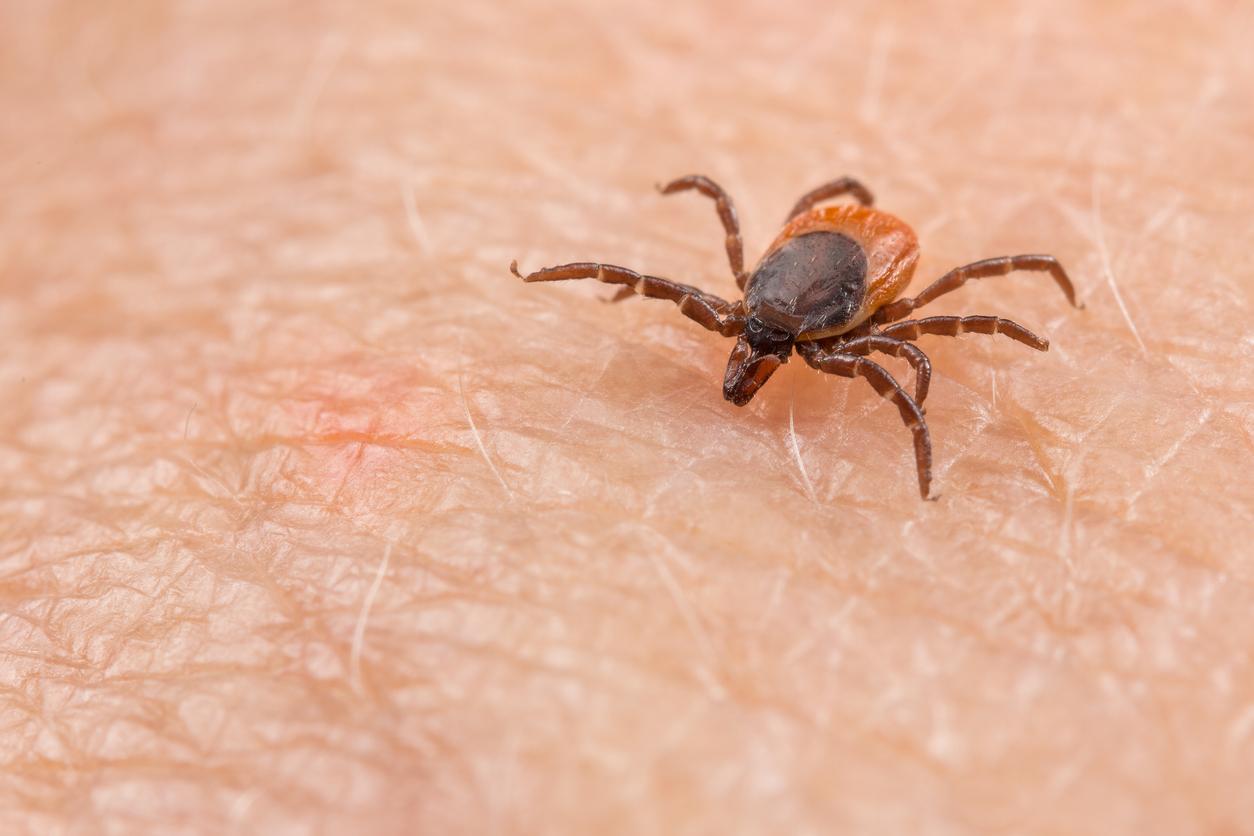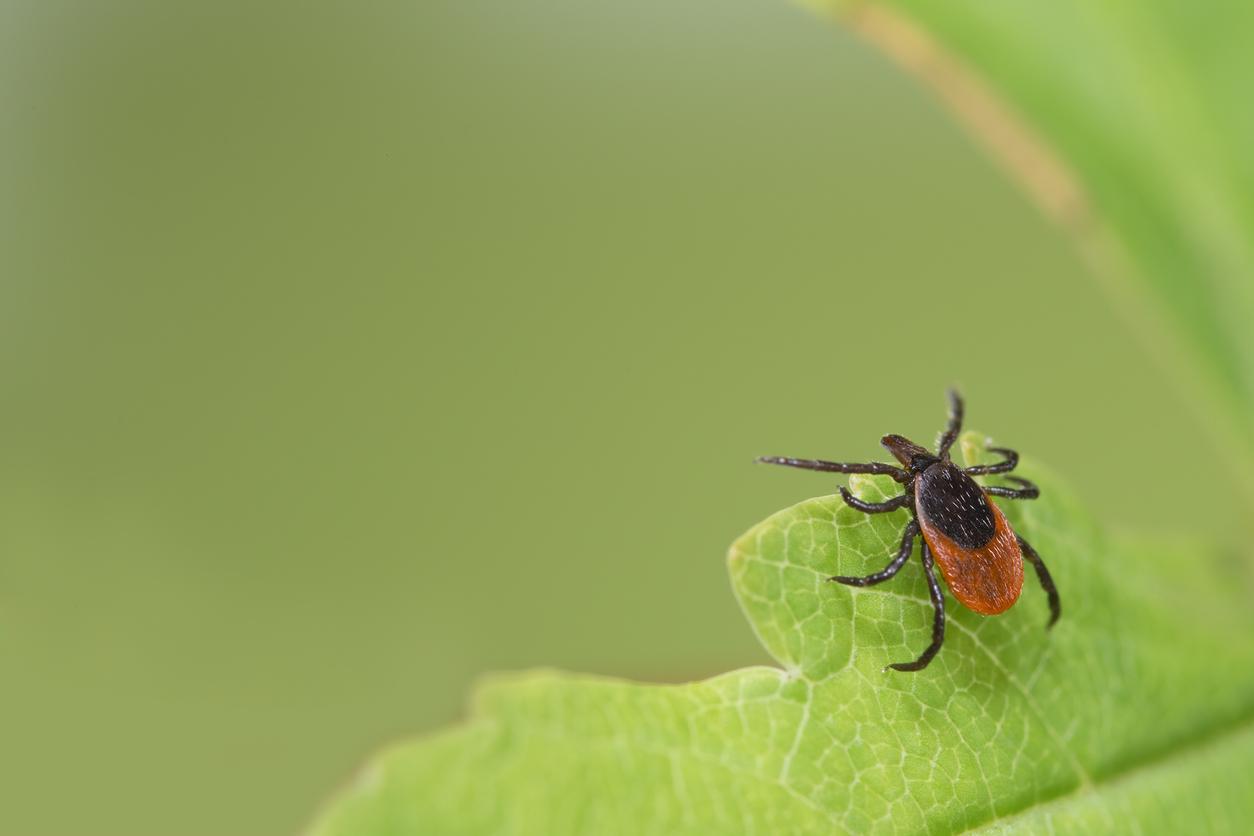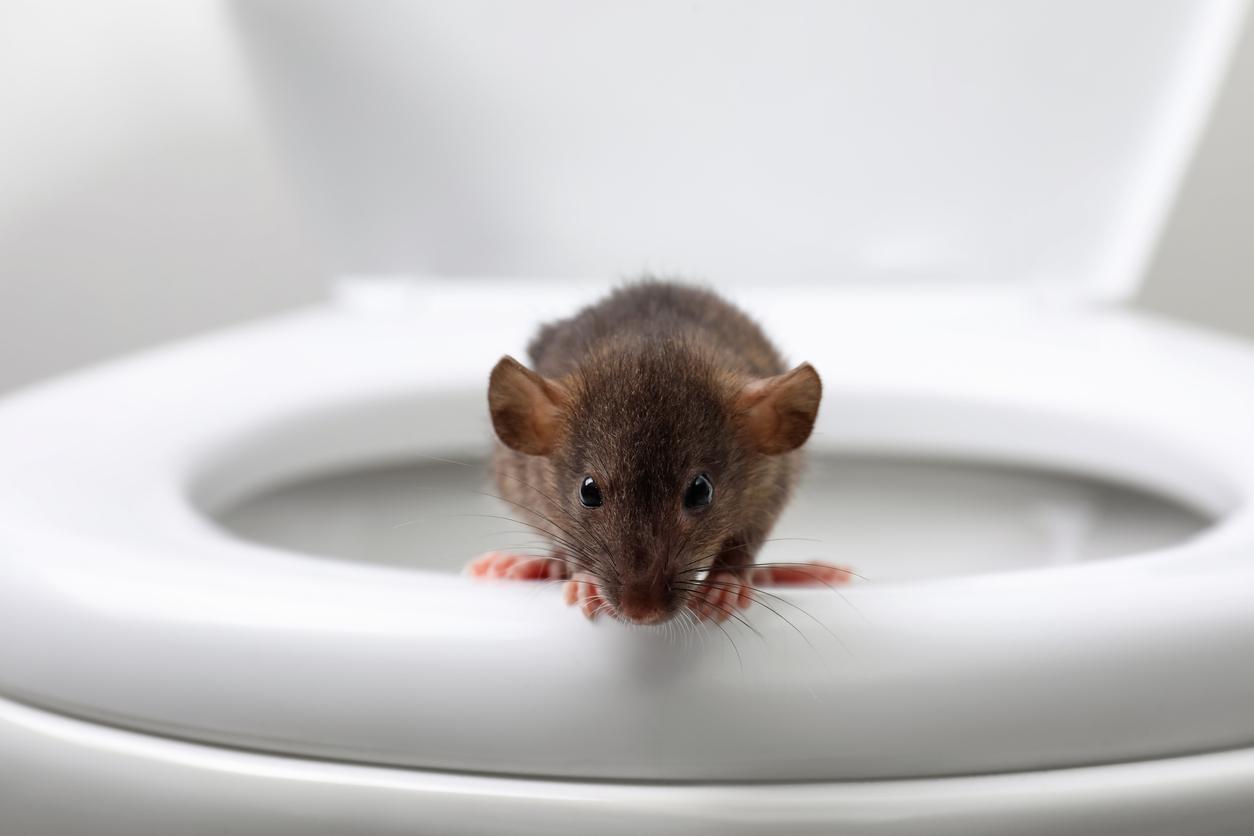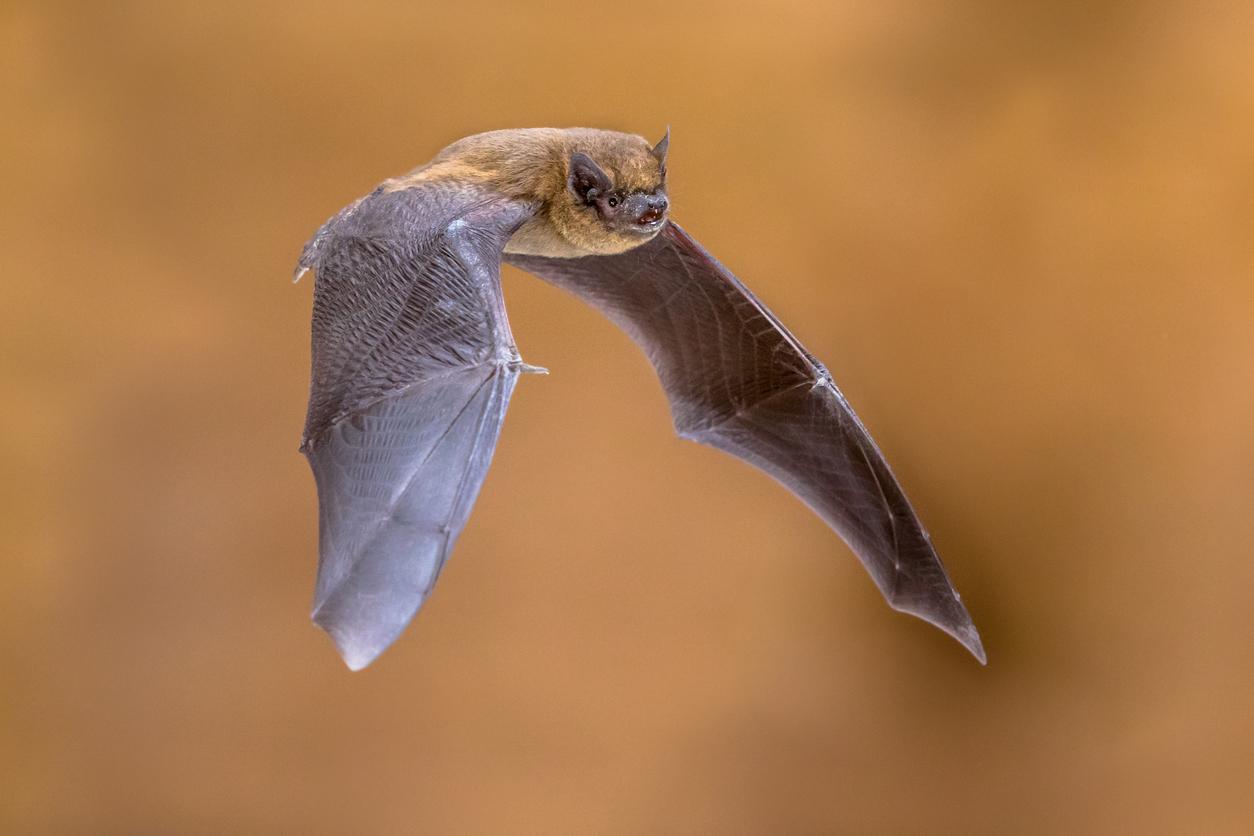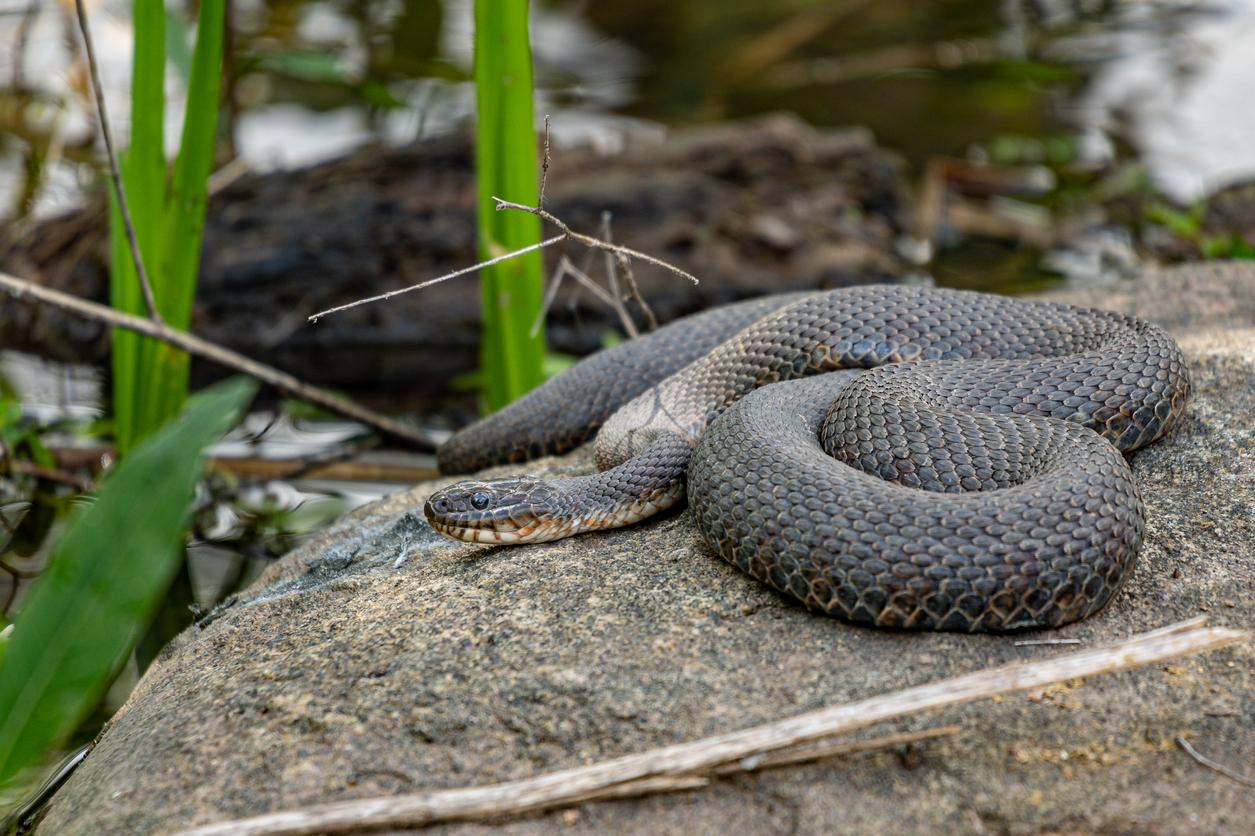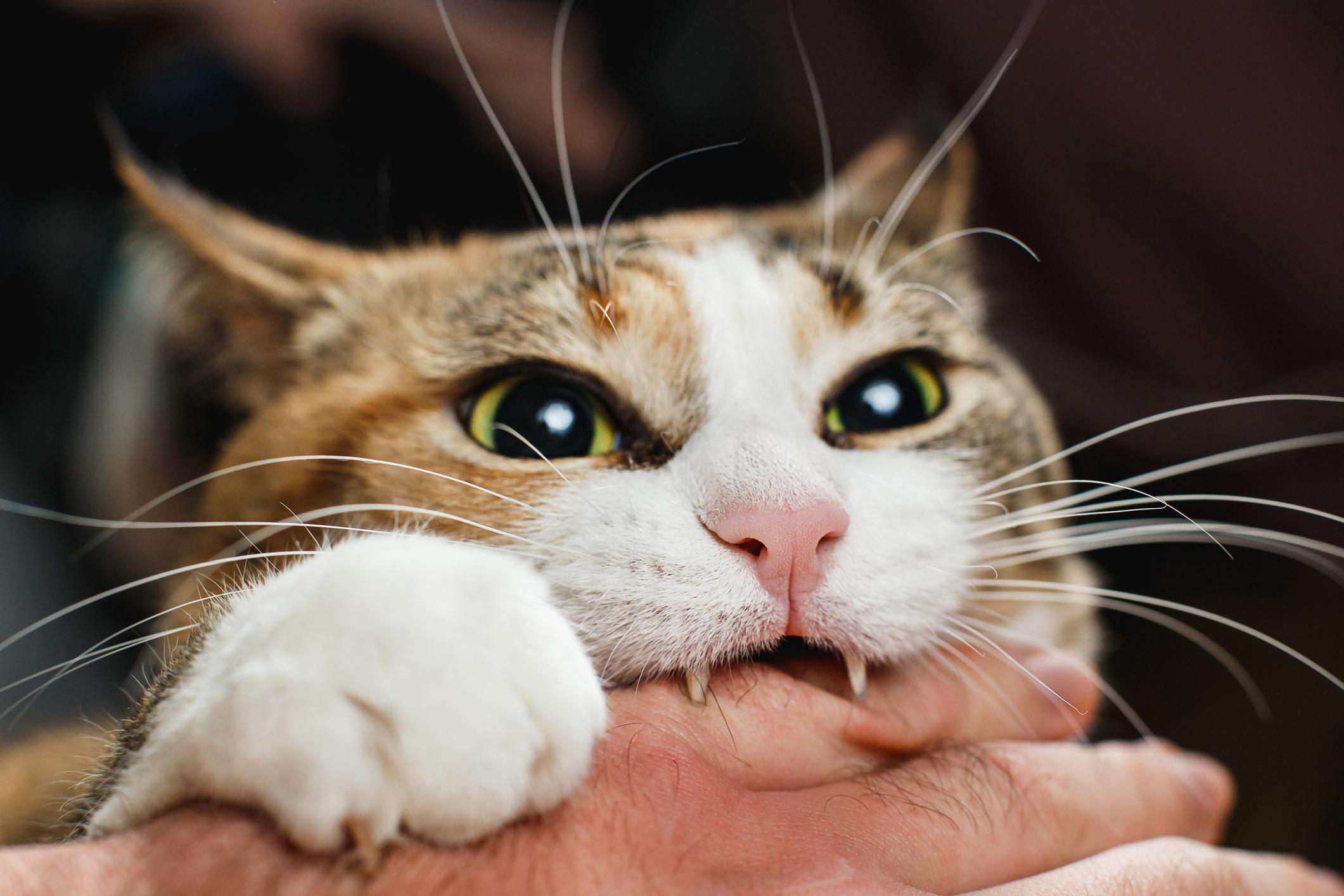Donnie Adams nearly lost his leg to a flesh-eating bacterial infection after being bitten in the thigh during a family dispute.
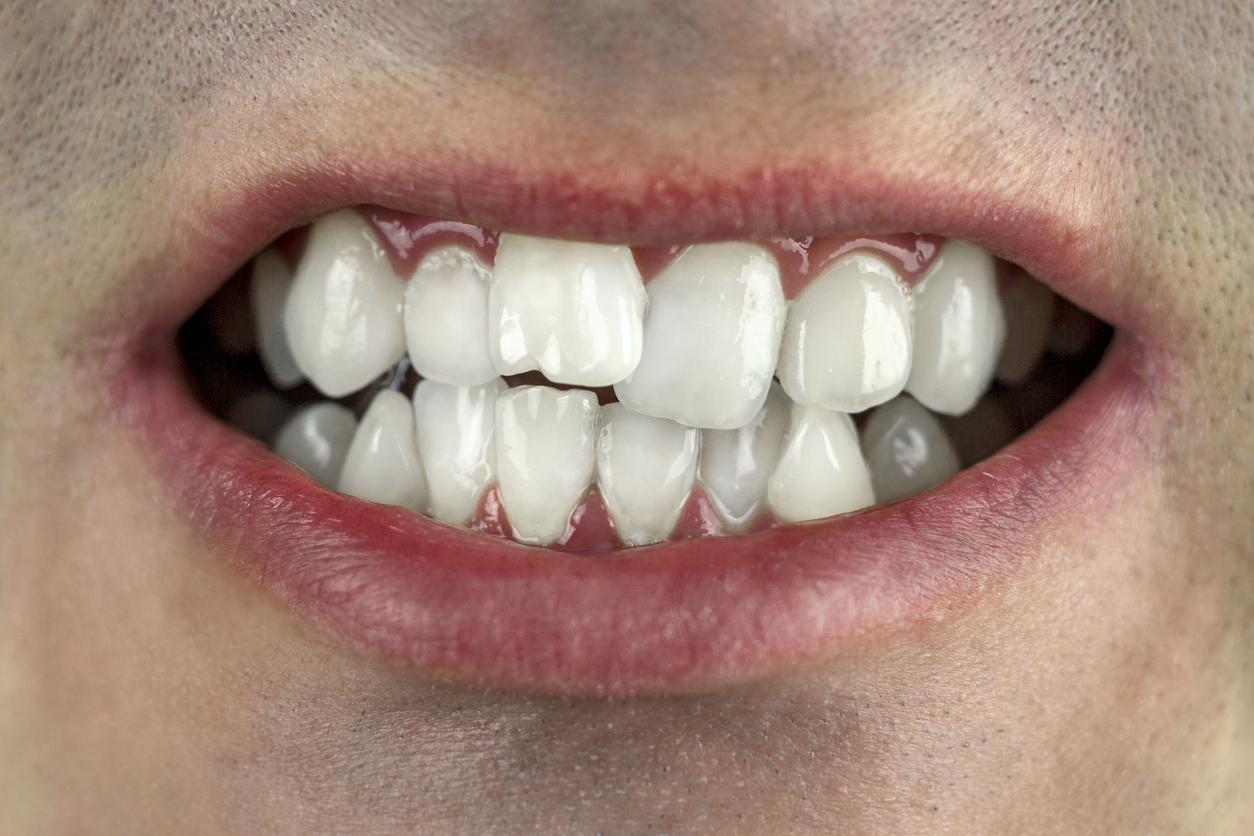
- A 53-year-old American nearly lost his left leg after being bitten by a family member.
- He developed an infection called necrotizing fasciitis, a condition that causes tissue necrosis.
- After two operations, the infection was stopped and his leg was saved.
While trying to separate members of his family who were fighting, Donnie Adam, who lives in Florida, was bitten in the thigh. And his misadventure – already substantial – does not stop there. He developed necrotizing fasciitis, a bacterial infection also dubbed as flesh-eating which was life threatening.
A “flesh-eating” infection after a human bite
The 53-year-old American went to the emergency room to have the bite wound on his left thigh treated. While doctors know that the human mouth can contain hundreds of bacteria, they weren’t particularly worried about the patient. The wound was disinfected, a tetanus shot was given and antibiotics were prescribed.
Despite this treatment, the injury worsened. “At 3e day, the leg was swollen, it was very hot and I had mobility problems and everything”, told Donnie Adams to NBC News.
The surgeon who treated him explained to the American media that the thigh “almost looked like orange peel because of the swelling underneath”. It was then decided to operate on the fiftieth birthday on February 19 to stop the infection. A second surgery was scheduled a few days later. The patient was finally able to be discharged from the hospital, the second week of March. Scans show he had developed necrotizing fasciitis. This bacterial infection is characterized by soft tissue necrosis. This also earned it the nickname flesh-eating infection.
“I would have lost my leg if I had waited until the next day due to the progression of the infection in this area”admitted the patient.
Necrotizing fasciitis: 60% of thigh skin removed
Necrotizing fasciitis is a life-threatening condition caused by various strains of bacteria, including group A strep and other bacteria found in water, dirt, or saliva. These reach the subcutaneous tissue through lesions, ulcers, trauma or more superficial infection. They then invade and kill the tissue that surrounds muscles, nerves, fat and blood vessels. The bacteria spreads quickly so an infection can develop within days or even hours.
“Most often it’s a normal bacterium that lives on our skin and it uses the weak point of a wound as an entry point”explained Dr. Brink.
To save the leg and his patient’s life, the surgeon had to remove approximately 60% of the skin on the front of the left thigh. Three months later, the patient is better. “I expect him to make a full recovery. He’s still going to feel that scar tissue on his thigh for a while, but his skin is fully healed.”assured the doctor.
Donnie Adams, who said he has no grudge against the person who bit him, is also very optimistic about his recovery: “I don’t think I could sprint you 40 meters today, but maybe 20.”











